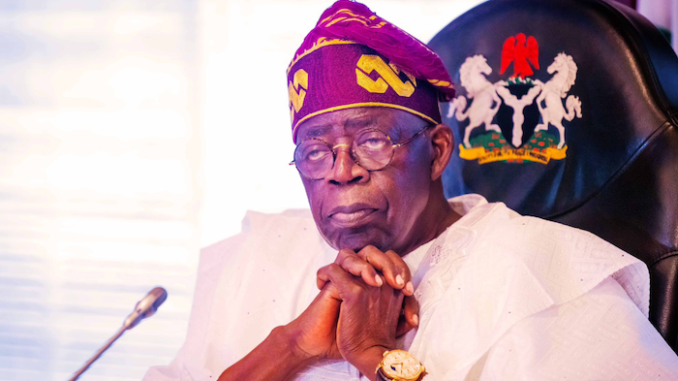
PRESIDENT Bola Tinubu’s new plan to bridge Nigeria’s colossal infrastructure deficit is both ambitious and audacious. To actualise it, the Federal Executive Council on Monday sanctioned the Renewed Hope Infrastructure Development Fund, a parastatal targeted at constructing capital projects without the notorious delays associated with budgeting and bureaucracy. The President’s intent resonates with Nigerians of all hues, but it requires a great deal of transparency, skill and ingenuity for it to succeed.
With a target of N20 trillion or $14.5 billion as seed capital, the RHIDF aims to focus on critical national capital projects like the East-West Road, Mambilla Hydro Electric, Lagos-Calabar Coastal Highway, Sokoto-Badagry Highway and Eastern Rails. There will be other capital projects to boost the agriculture value chain, and seaports and aviation facilities modernisation. These are vital needs in every country.
It is in the funding and execution that Tinubu will encounter massive challenges. The RHIDF “targets Pension Funds, Concessionary Loans, Insurance companies, sovereign wealth funds, private sector arms of multilateral development institutions, and bilateral private sector investors,” among others to secure funds. The Diaspora funding, and equity and endowment funds are also expected to play their part in the plan.
The funding plan needs some dissection to make it workable. It is wise that Tinubu wants to bypass the budget because the annual budgetary provisions are grossly inadequate to address the infrastructure shortfall. That is the good part.
The pension funds, at N18.36 trillion, have been heavily invested in Federal Government securities. Without amending the law, it is difficult to secure the needed leeway here. As for loans, Nigeria is already heavily indebted, with its stock near the N100 trillion mark. Debt-to-GDP is 37.2 per cent; it is servicing debt with 98 per cent of its income, which is dwindling.
Nigeria, though one of Africa’s largest economies and the continent’s largest crude oil exporter, is plagued by shabby infrastructure. It requires $100 billion to $150 billion annually over the next 30 years to close the deficit. The RHIDF puts this at $35 billion annually.
Dataphyte estimates it at $2.3 trillion over three decades. Agusto & Co, and the World Bank at $3 trillion. Nigeria ranked 24th in 2020 out of 54 African countries in the Africa Infrastructure Development Index with 23.26 points; Egypt was second with 88.3 points, and war-torn Libya third with 82.9 points. Only 60,000km of Nigeria’s 200,000km road network is paved.
This is complicated by the lopsidedness in budgeting. Under Tinubu’s predecessors, recurrent, rather than capital, usually took the lion’s share.
This provoked undue delays. The reconstruction of the 127.5km Lagos-Ibadan Expressway, which started in 2004, has yet to be completed, among such other projects.
In contrast, India’s Ministry of RoadTransport and Highways delivered 10,237km highways in the 2019-20 financial year, 13,327km in 2020-21 and 10,457km in 2021-22. Nigeria should aspire to similar feats.
In realisation of Nigeria’s huge infrastructure deficit, Tinubu’s predecessor, Muhammadu Buhari, established the Presidential Infrastructure Development Fund in February 2018 with a seed fund of $650 million sourced from Nigeria’s Sovereign Wealth Fund. Through it, the Nigeria Sovereign Investment Fund said it completed 15 projects nationwide with N1.03 trillion. The catch is that the Lagos-Ibadan, Second Niger Bridge and Abuja-Kaduna Expressway were listed. These projects received multiple funding but were still delayed.
But Tinubu should not be discouraged. The practical ways he can forge ahead include drastically reducing corruption in government and redirecting the accruals to infrastructure renewal. He should cut the cost of governance, including his cabinet size, to achieve more savings.
Privatisation has stalled since the Buhari era. Tinubu, who began his career in the private sector, should revive the privatisation of the commanding heights of the economy. Instead of seeking loans to build railways, a better option is to liberalise the sector and allow private international capital to take control. This applies to the seaports and the airports infrastructure, too.
Punch
END

Be the first to comment